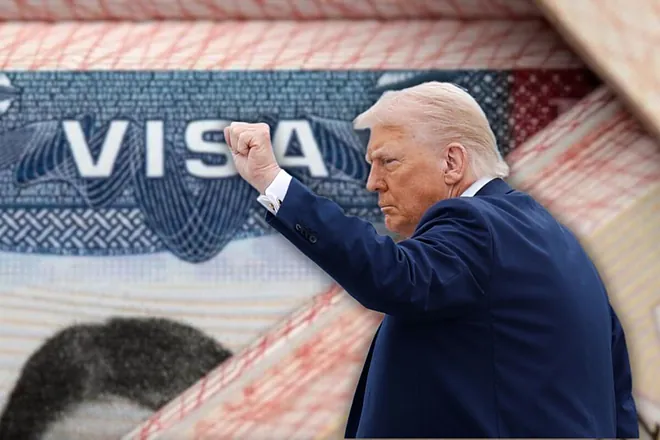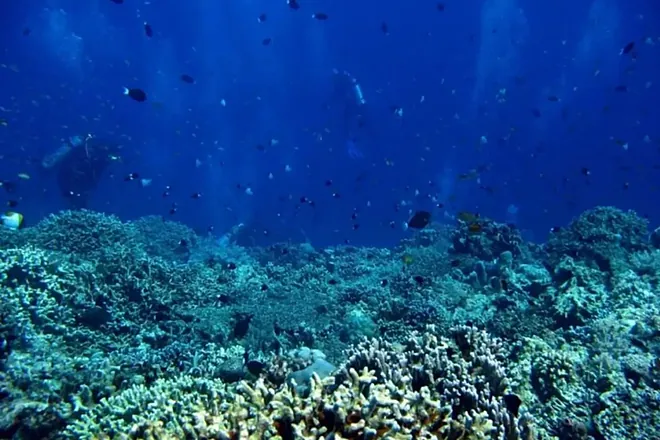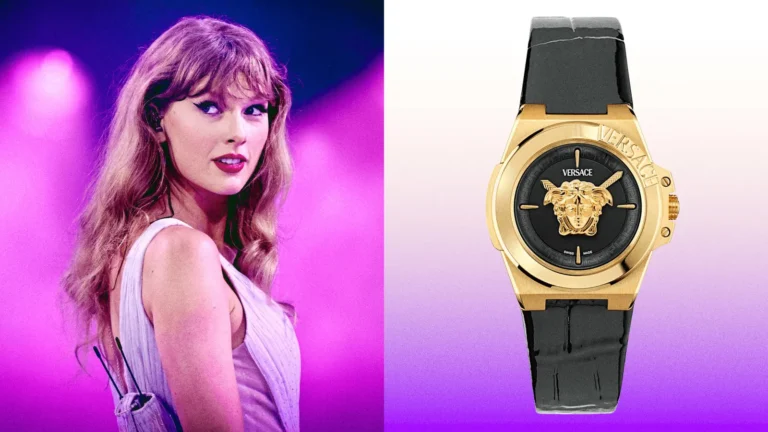Donald Trump has raised the cost of H-1B visas to $100,000 under a new executive order signed in September 2025. The move, framed as a measure to protect American workers, represents the single most dramatic change in the program’s history.
But what does this mean for foreign professionals, US companies, and the future of the H-1B program? This comprehensive guide breaks down the details of the new fee, how it compares to past costs, who is affected, and what experts are saying about its long-term impact.

Understanding the New Trump H-1B Visa Fee
On Friday, September 19, 2025, President Trump signed an executive order imposing a $100,000 fee on H-1B visa applications. The order took effect on September 21, 2025.
According to Trump, the policy is meant to:
- Reduce abuse of the H-1B system by companies seeking cheaper labor.
- Encourage US employers to prioritize American workers.
- Limit foreign competition in industries such as technology and healthcare.
Administration officials explained that the fee could be collected in one of two ways:
- One-time $100,000 fee upfront, or
- Annual payments of $100,000 per year for the three-year visa period (totaling $300,000).
As of now, the final payment structure is still under review by the Department of Homeland Security (DHS), but the $100,000 figure is locked in as a baseline cost.
What Is the H-1B Visa?
The H-1B visa is a nonimmigrant work visa that allows US employers to hire foreign workers in “specialty occupations.” These typically include roles in:
- Information Technology (software engineers, developers, analysts)
- Engineering and Mathematics
- Medical and Healthcare fields
- University-level teaching and research
Key facts about the H-1B visa:
- Initial validity: 3 years
- Possible renewal: Up to an additional 3 years (maximum 6 years total)
- Annual cap: 65,000 visas issued each year, plus 25,000 additional visas for graduates of US universities and those with advanced degrees.
The program has long been seen as critical to keeping the US competitive in high-tech and innovation-heavy industries.
H-1B Visa Costs: Old vs. New
To understand how dramatic this increase is, here’s a side-by-side comparison of the old H-1B visa fees versus Trump’s 2025 new fee:
| Fee Type | Before September 2025 | After Trump’s 2025 Decree |
|---|---|---|
| USCIS Base Filing Fee | $460 | $460 |
| ACWIA Training Fee | $750–$1,500 (depending on company size) | $750–$1,500 |
| Fraud Prevention & Detection Fee | $500 | $500 |
| Public Law 114-113 Fee (for large employers) | $4,000 | $4,000 |
| Premium Processing (optional) | $2,805 | $2,805 |
| New Trump Fee | N/A | $100,000 (minimum) |
| Total Typical Cost | $5,000–$7,000 | $105,000+ |
Bottom line: the H-1B visa is now the most expensive work visa in the world, with fees multiplied by more than 20 times for new applicants.
Who Pays the New H-1B Visa Fee?
The employer sponsoring the worker is legally responsible for paying H-1B fees. By law, the worker cannot be required to cover them directly, though in practice, some costs may be passed down through lower wages or employment agreements.
- Large companies like Microsoft, Google, Amazon, and Meta may still be able to afford the new costs, though they may scale back hiring.
- Startups and small businesses are expected to be hit hardest, as the fees could make hiring international talent financially impossible.
- Universities and research labs may also struggle, potentially losing access to foreign-born scientists and scholars.
Trump’s Shifting Position on H-1B Visas
Trump’s stance on H-1B visas has evolved over the years:
- 2016 Campaign: He criticized the program as a “cheap labor pipeline” that hurts US workers.
- First Term: Pushed for restrictions and tighter oversight of the program.
- December 2024: Told the New York Post that he supported visas for foreign graduates of US universities: “I’ve always liked visas, I’ve always been in favor of visas. That’s why we have them.”
- 2025 Executive Order: Introduced the unprecedented $100,000 fee, signaling a return to hardline immigration measures.
Why Raise the Cost of H-1B Visas?
The Trump administration argues that:
- US companies rely too heavily on foreign workers.
- H-1B holders sometimes displace American workers, especially in tech support and IT services.
- Raising the cost will “filter out” employers who use visas casually.
Critics, however, warn that the policy could:
- Discourage innovation in the US.
- Push companies to move operations overseas.
- Make it harder to fill jobs in sectors already facing labor shortages.
Impact on Companies and Workers
For Companies
- Tech giants may still hire, but at reduced levels.
- Startups and mid-size businesses could abandon H-1B sponsorship entirely.
- Companies may shift operations abroad, leading to outsourcing rather than domestic hiring.
For Workers
- Foreign professionals face much higher barriers to entry.
- Many may seek opportunities in Canada, the UK, Australia, or Europe instead.
- Current H-1B holders are not retroactively charged the fee, but renewals may come under scrutiny.
Global Reactions
Other countries could benefit significantly from this policy:
- Canada has already been attracting foreign tech talent with faster visa processing and lower costs.
- The UK recently expanded its Skilled Worker visa program.
- Australia and Singapore also market themselves as friendlier destinations for skilled migrants.
Analysts warn that the US risks losing its competitive edge in global talent acquisition if these high barriers remain in place.
Frequently Asked Questions (FAQ)
1. Does the new $100,000 fee apply to renewals?
No. The fee applies only to new H-1B applications filed after September 21, 2025. Renewals of existing visas are not subject to the new charge.
2. Who pays the new fee—the worker or the employer?
The employer must pay. It is illegal to require the worker to cover the $100,000 fee directly.
3. Is the $100,000 fee one-time or annual?
The executive order specifies a $100,000 fee per application. DHS is still deciding whether it will be collected upfront or annually over the visa’s three years.
4. How many H-1B visas are issued each year?
Typically, 65,000 visas are available annually, with an additional 25,000 for advanced degree holders.
5. Can companies avoid the fee?
The only exceptions are if DHS grants a national interest waiver or exempts certain categories, but these are expected to be rare.
Expert Opinions
- Business leaders: warn this could cripple small firms and weaken innovation.
- Immigration lawyers: expect legal challenges, arguing the fee is punitive and may exceed executive authority.
- Economists: caution that the policy could reduce America’s long-term competitiveness in technology and research.
A Turning Point for US Immigration
Trump’s 2025 H-1B visa decree marks a watershed moment in US immigration and labor policy. By attaching a $100,000 price tag to each new visa, the US is signaling a major shift away from reliance on foreign talent.
For companies, the cost will force tough decisions about whether to hire domestically, outsource, or absorb the enormous new fees. For foreign workers, it could mean redirecting their careers to more welcoming countries.
The only certainty is that the landscape of global talent migration has changed overnight—and the consequences will ripple through the US economy for years to come.







